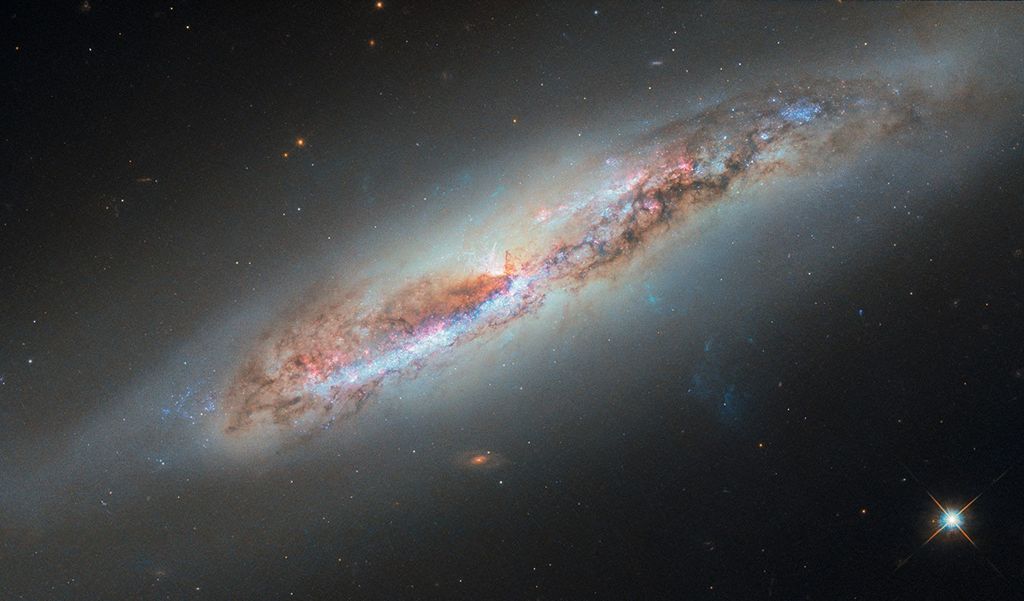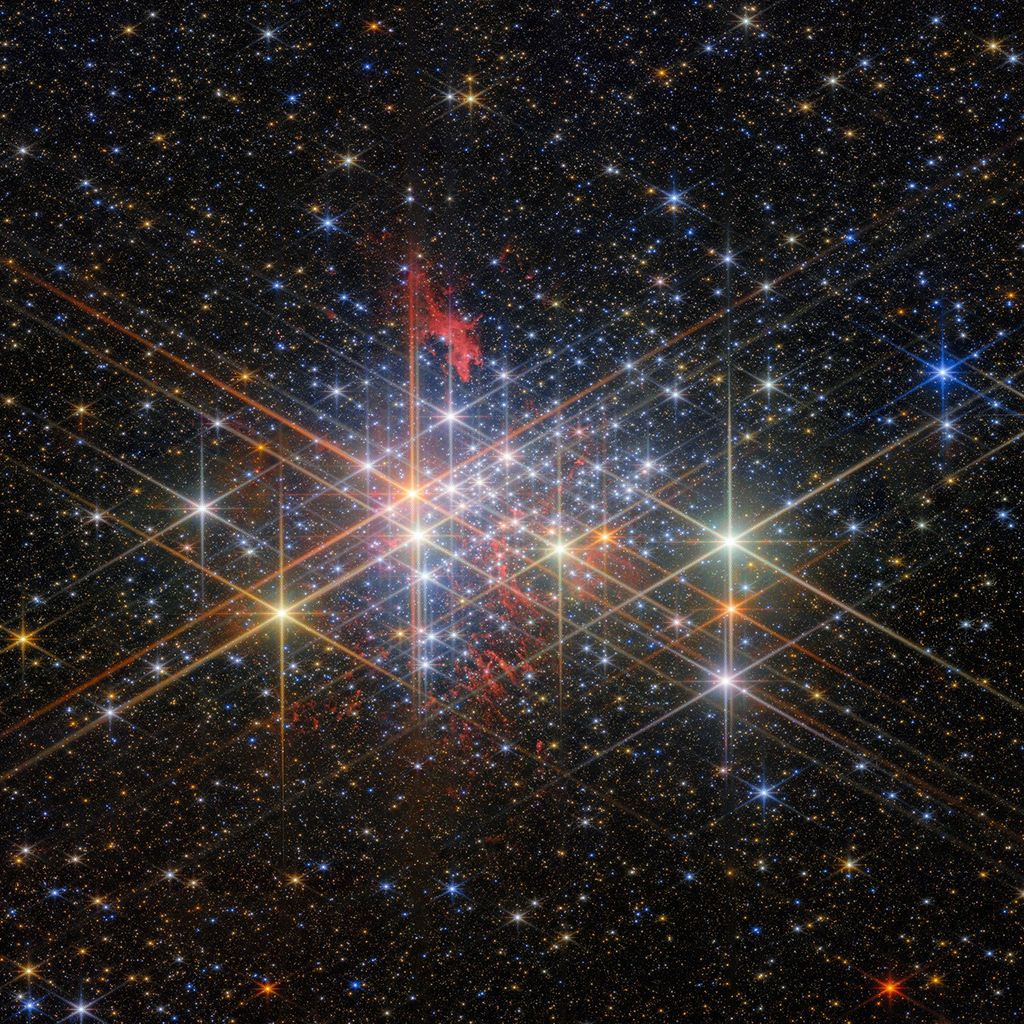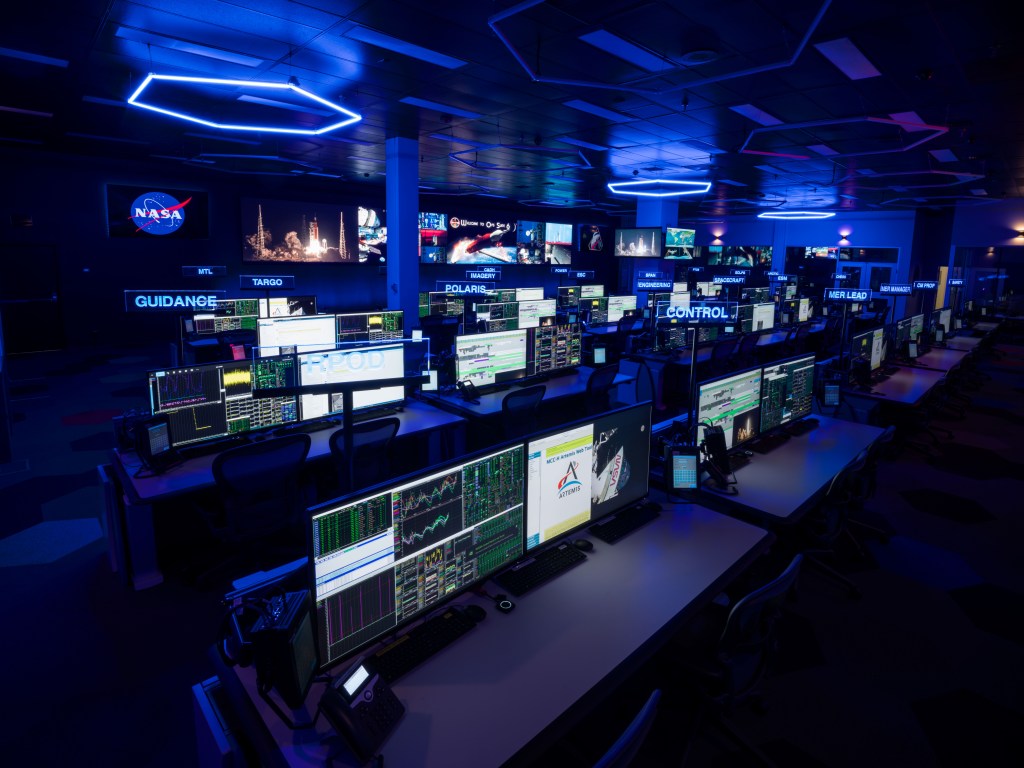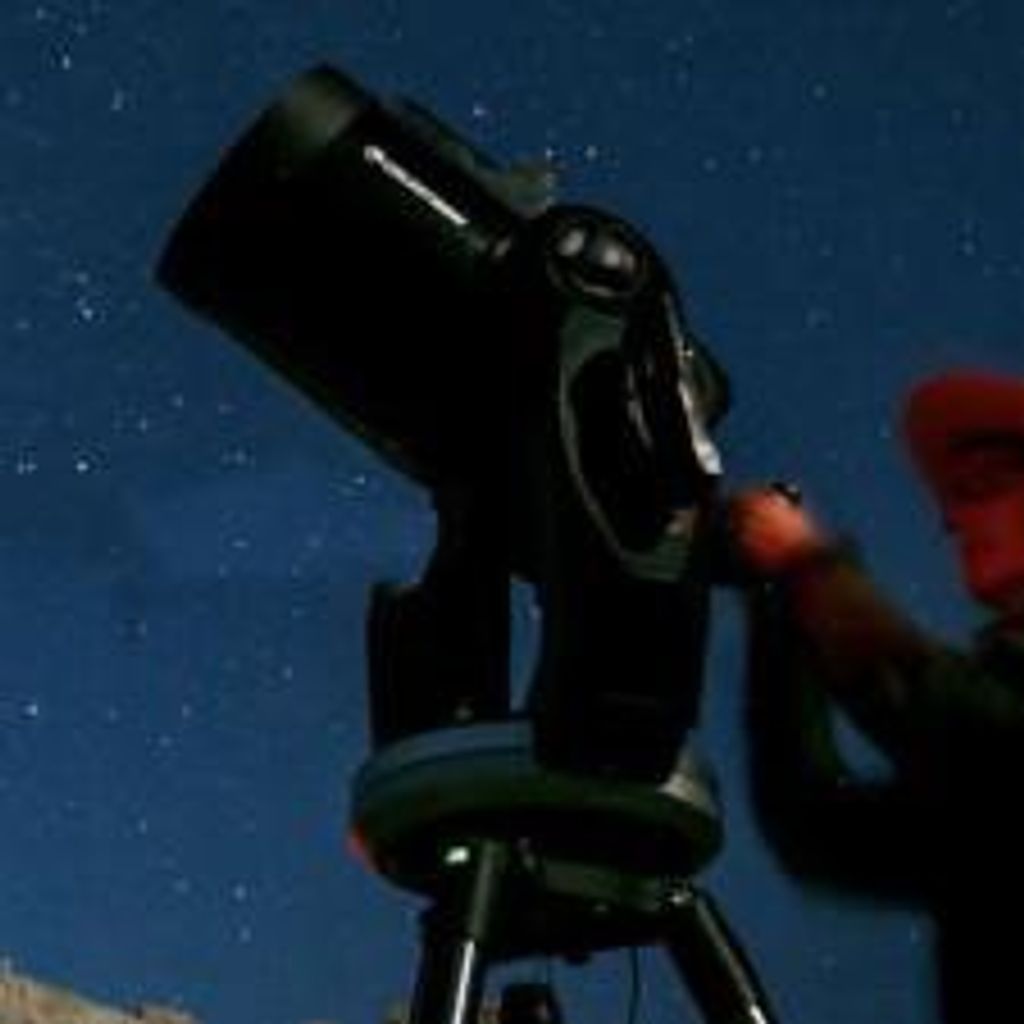1 min read
A Protoplanetary Disk in the Orion Nebula

About the Object
- R.A. PositionR.A. PositionRight ascension – analogous to longitude – is one component of an object's position.05h 35m 17.29s
- Dec. PositionDec. PositionDeclination – analogous to latitude – is one component of an object's position.-5° 23' 27.99"
- Object NameObject NameA name or catalog number that astronomers use to identify an astronomical object.Orion Nebula, M42, NGC 1976
- Release DateJune 13, 1994
- Science ReleaseHubble Confirms Abundance of Protoplanetary Disks around Newborn Stars
- CreditCredit: C.R. O'Dell/Rice University; NASA
Related Images & Videos

The Great Orion Nebula, Dec. 29 1993
A NASA Hubble Space Telescope image of a region of the Great Nebula in Orion. This is one of the nearest regions of very recent star formation (300,000 years ago). The nebula is a giant gas cloud illuminated by the brightest of the young hot stars on the right side of the...

Close-up of "Proplyds" in the Orion Nebula
A Hubble Space Telescope view of a small portion of the Orion Nebula reveals five young stars. Four of the stars are surrounded by gas and dust trapped as the stars formed, but were left in orbit about the star. These are possibly protoplanetary disks, or "proplyds," that might...

"Flying" into the Orion Nebula
This animation was produced by Walt Feimer in the Astronomy Visualization Laboratory at the Space Telescope Science Institute. It begins with a ``backyard'' view of the sky around the constellation Orion (by Skip Westphal, ST ScI) and a more detailed view of the Orion Nebula,...
Share
Details
Claire Andreoli
NASA’s Goddard Space Flight Center
Greenbelt, Maryland
claire.andreoli@nasa.gov






























